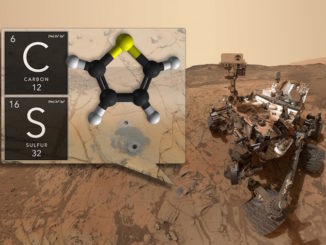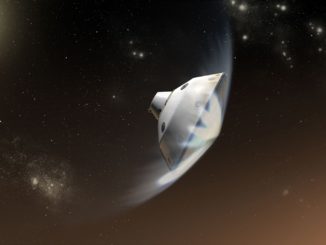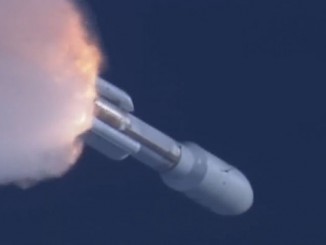
Mars rover

Mission Reports

Mission Reports

News

News

News

News

News

Members








© 1999-2025 Spaceflight Now Inc